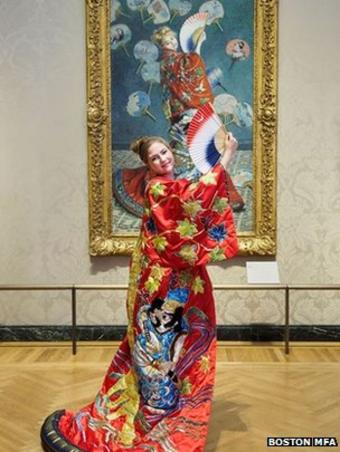The “Learning” Channel has taken the plunge at last and terminated the Duggar show. The Duggar family (or their PR staff) have issued a “statement” (as if they were public officials). Let’s read their “statement.”
Today, TLC announced that they will not be filming new episodes of 19 Kids and Counting.
Years ago, when we were asked to film our first one hour documentary about the logistics of raising 14 children, we felt that it was an opportunity to share with the world that children are a blessing and a gift from God.
No, not “share with the world that.” They mean “try to convince the world that.”
Children are a good thing (a “blessing”) if you want them. It’s not up to anyone else to decide for you that they are a good thing for you. It’s certainly not up to a pair of religious fanatics in Arkansas to decide that, or to try to convince you to have them.
Children are not a “gift from God.” They’re the product of the fertilization of an egg by sperm. The Duggars don’t know anything about “God”; they only think they do. They think this fictional knowledge that they think they have entitles them to tell everyone else what to do, especially when it comes to sex and marriage and childbearing.
Over the last several years people have said to us, “We love your show!” We have always responded, “It’s not a show, it’s our lives!” Our desire in opening our home to the world is to share Bible principles that are the answers for life’s problems.
No, they are not. Many “Bible principles” are horrific, and the bible is not the only or best (let alone most reliable) source for any principles whatever, good or bad. The bible is just a book, a compilation of stories and poetry and polemic; it’s just one book of many.
It is our prayer that the painful situation our family went through many years ago can point people toward faith in God and help others who also have lived through similar dark situations to find help, hope and healing, as well.
Why would it do that? Why wouldn’t it rather clue people in that the Duggars are just as self-justifying and callous as anyone else, and more so than some?
God’s faithfulness and goodness to us, along with His abundant grace have given us strength and joy even in the most difficult days.
We have committed to Him that in all things—difficulties or success, good times or bad—we will purpose to bring Him honor by staying true to our faith and our family.
Cool justification loop there – if good things happen it’s god’s grace and if bad things happen it’s god’s grace. Nothing can happen that isn’t god’s grace, so god is always graceful, and there is no way out of the loop.
We know Who holds the future and are confident that He will work all things together for good.
Of course you are, because you’ve just said it’s all good and from god, no matter what it is. More high scores for god, who can do no ill.
We love each of you and look forward to unfolding the future with peace and joy.
They love each of us – even me! – despite not knowing us. How godlike, and even ineffable.
(This is a syndicated post. Read the original at FreeThoughtBlogs.)












